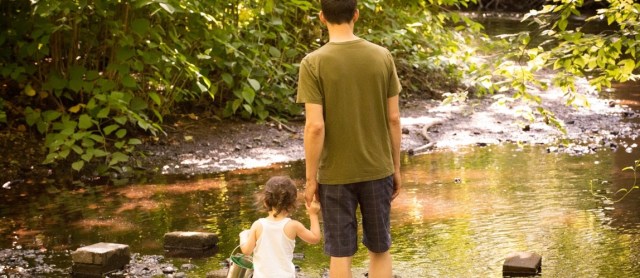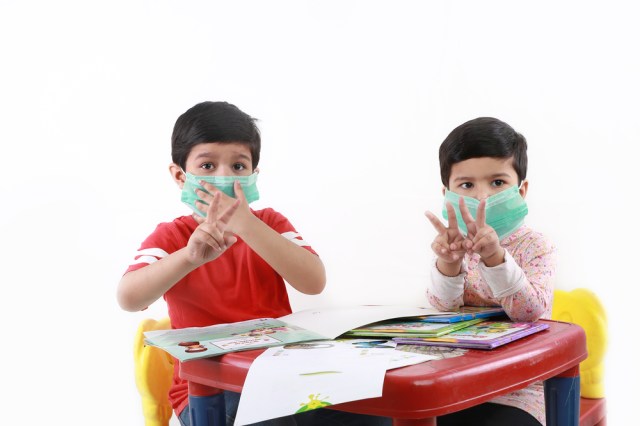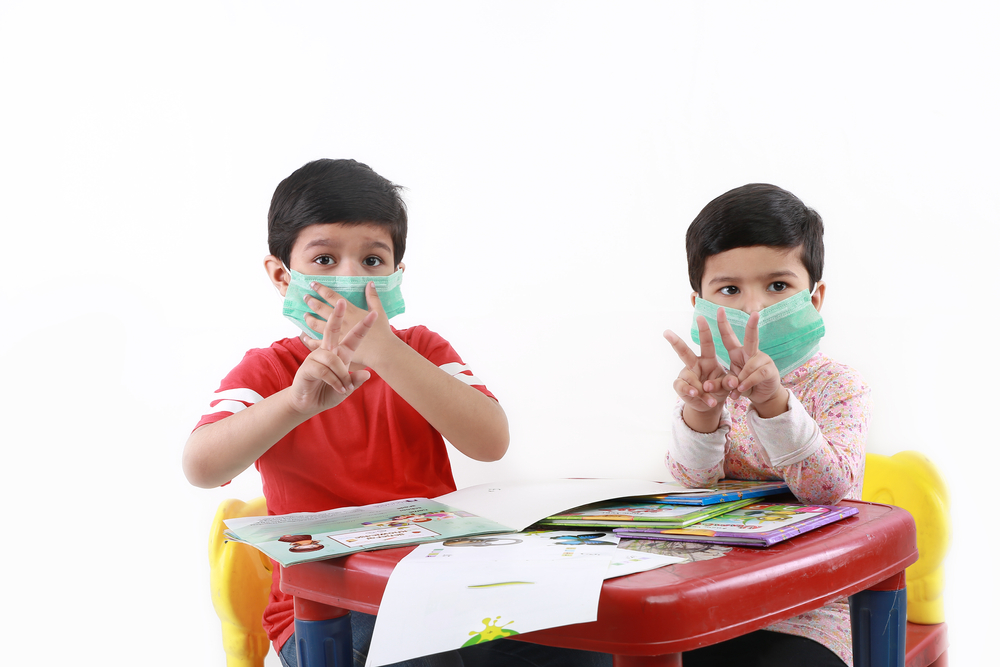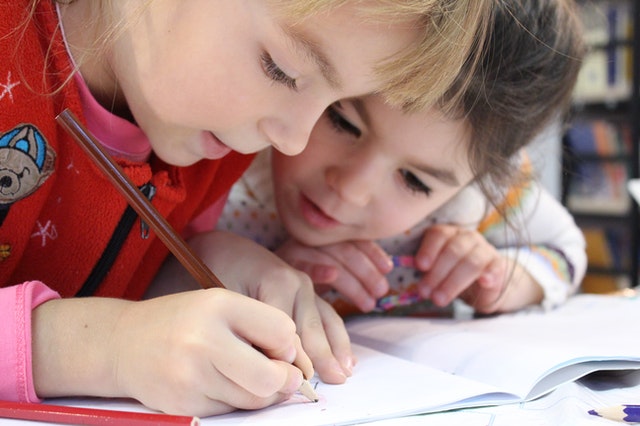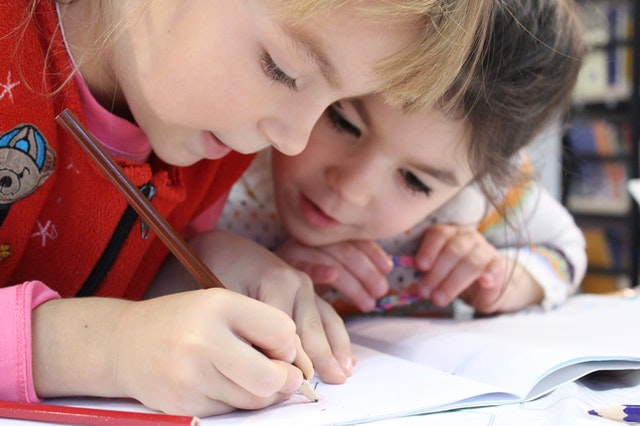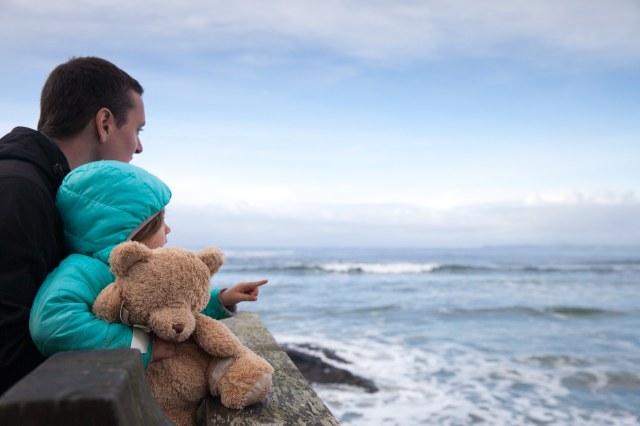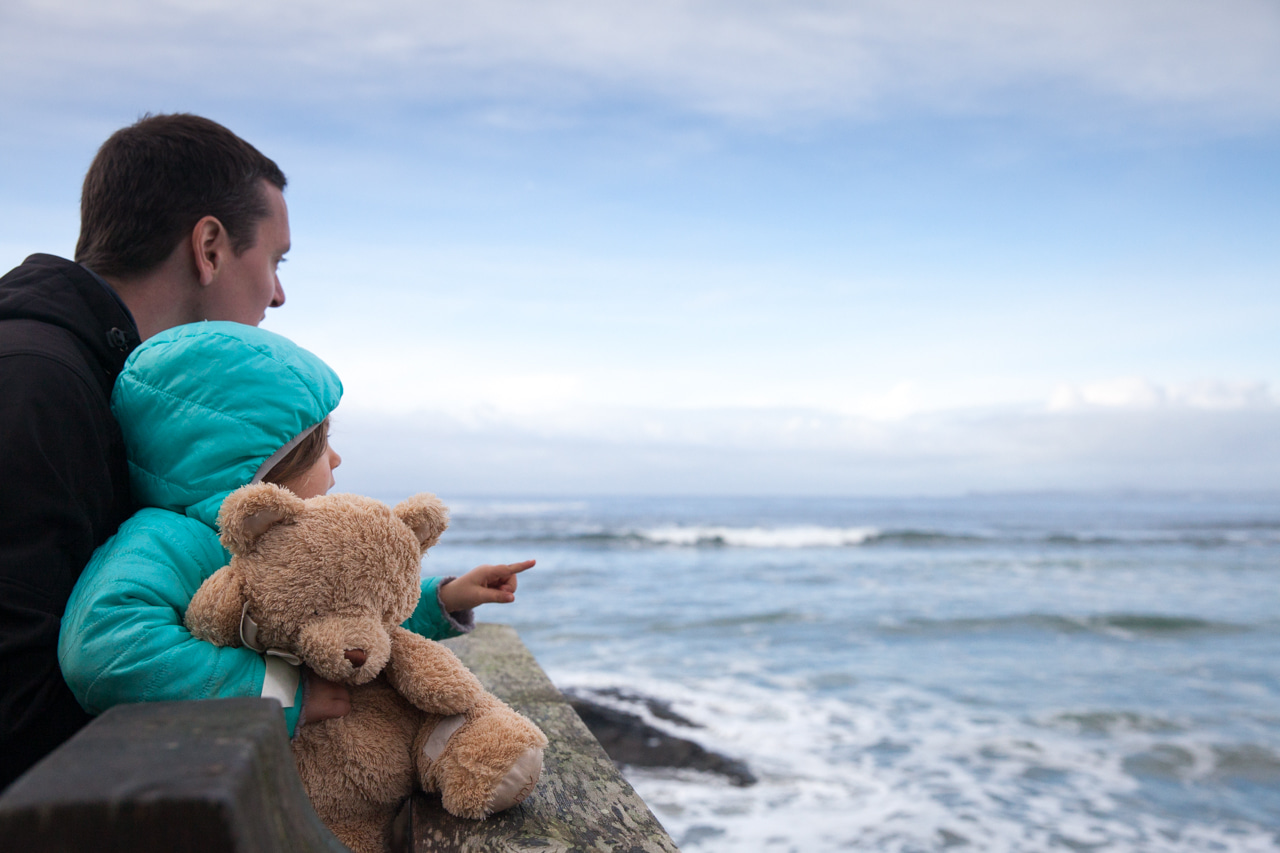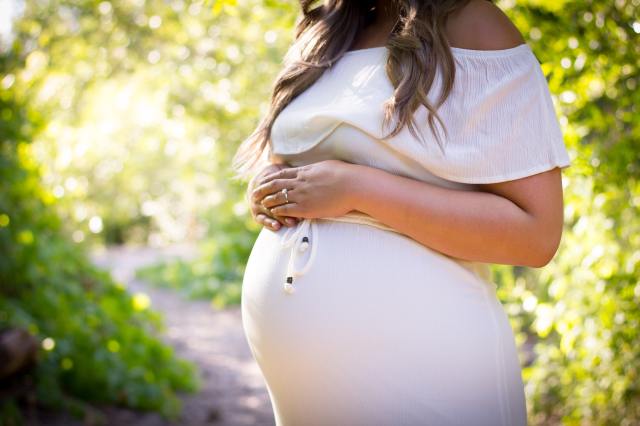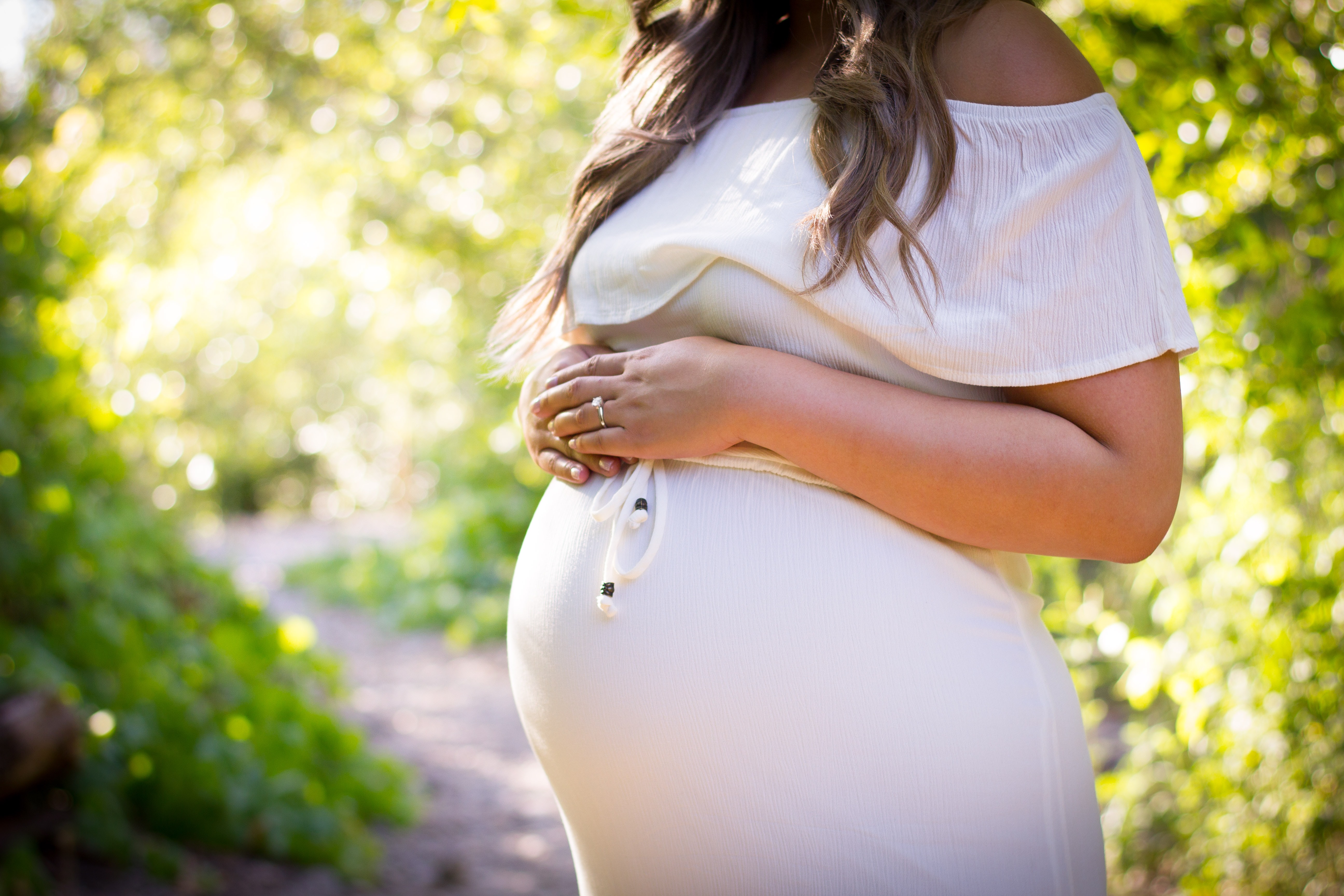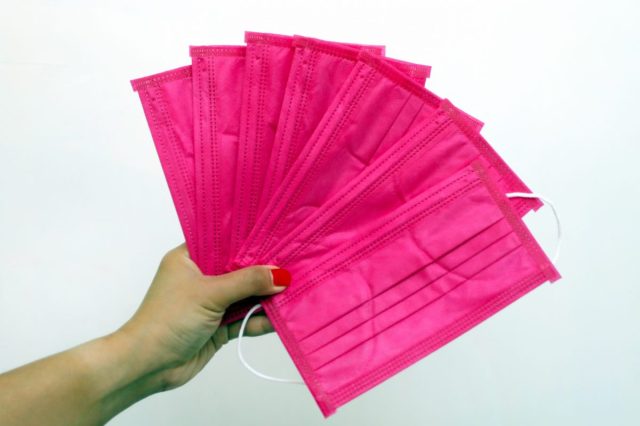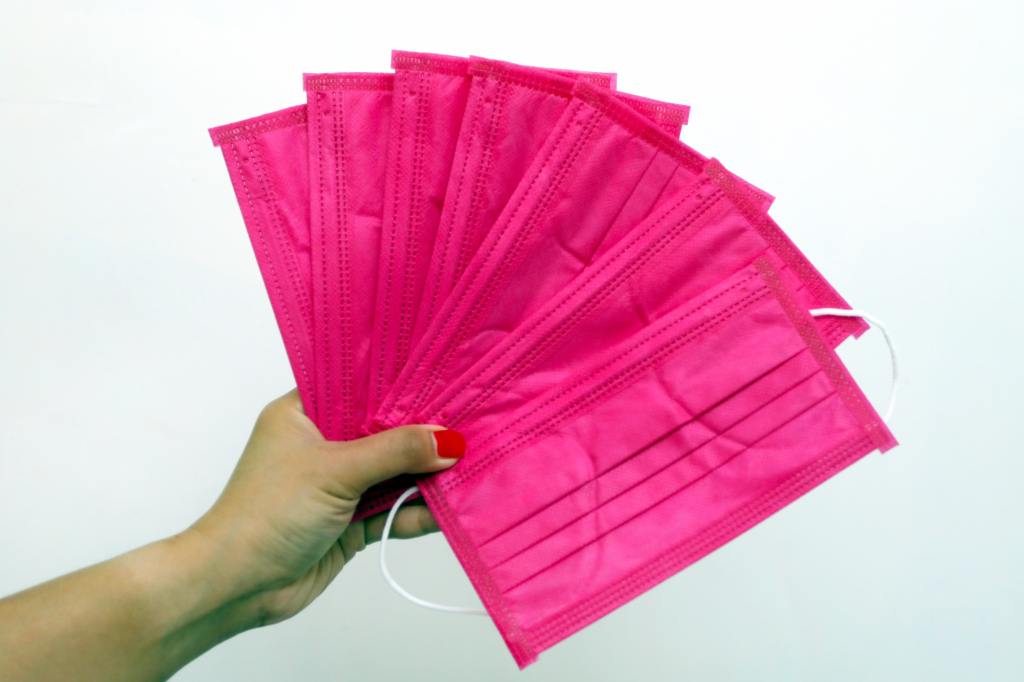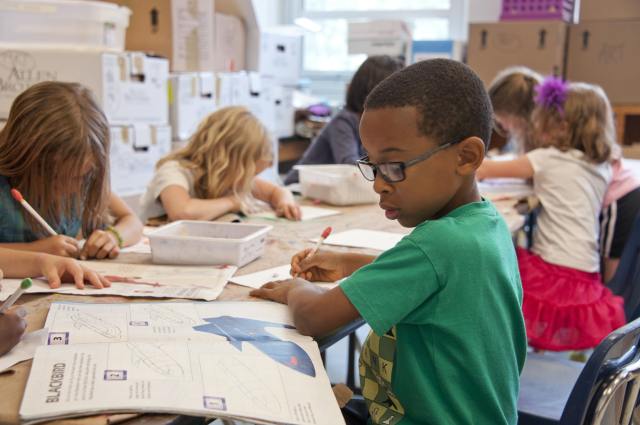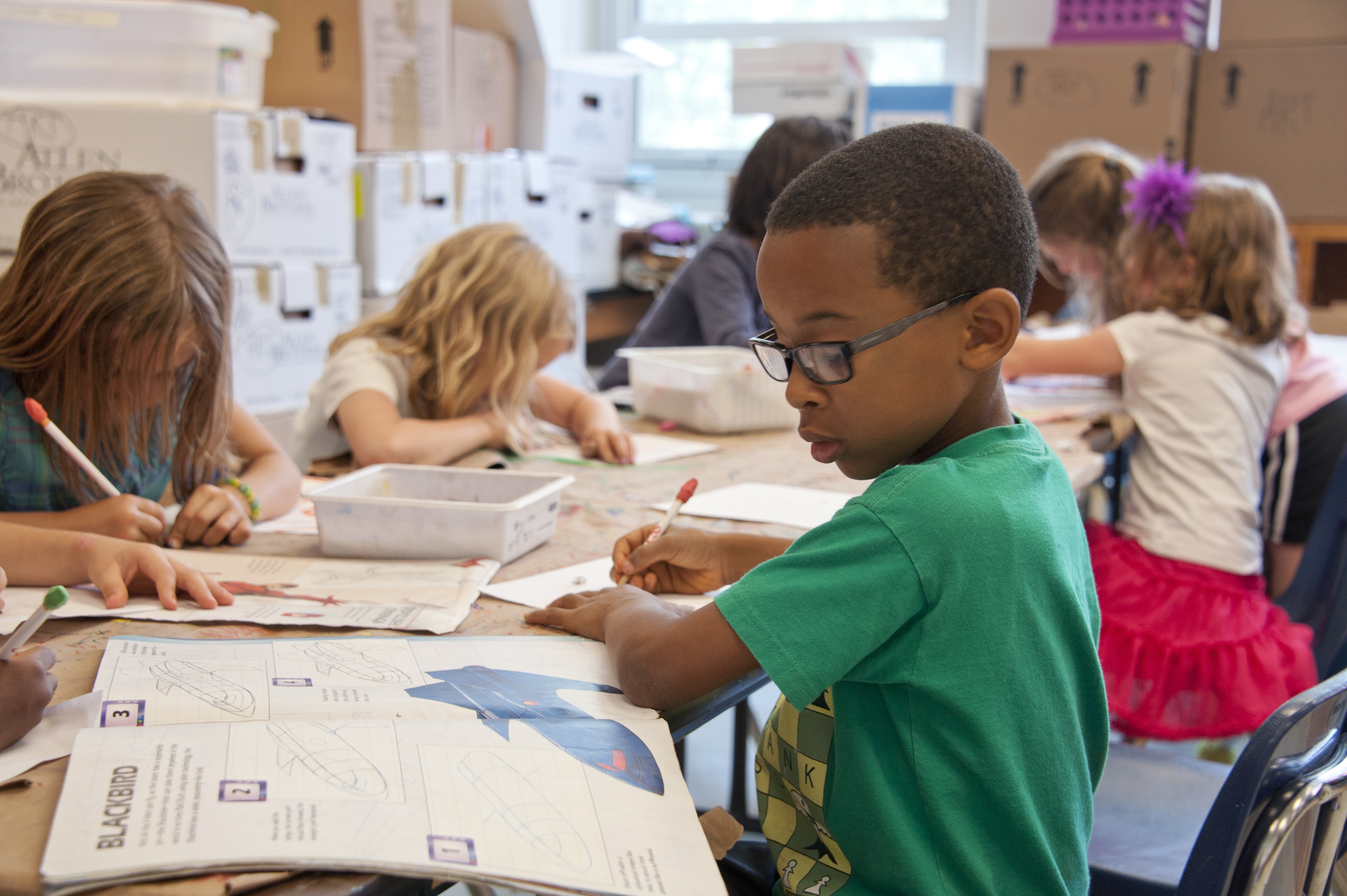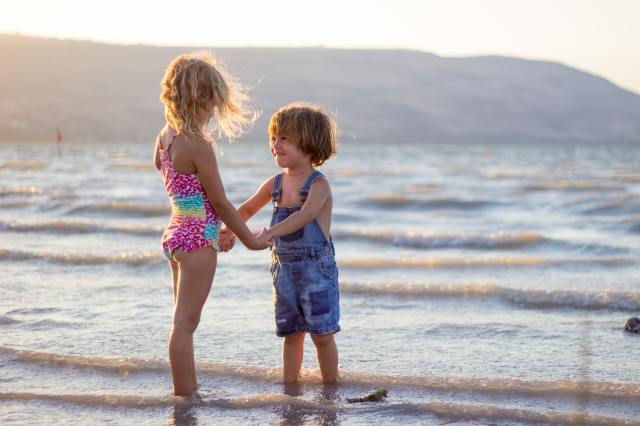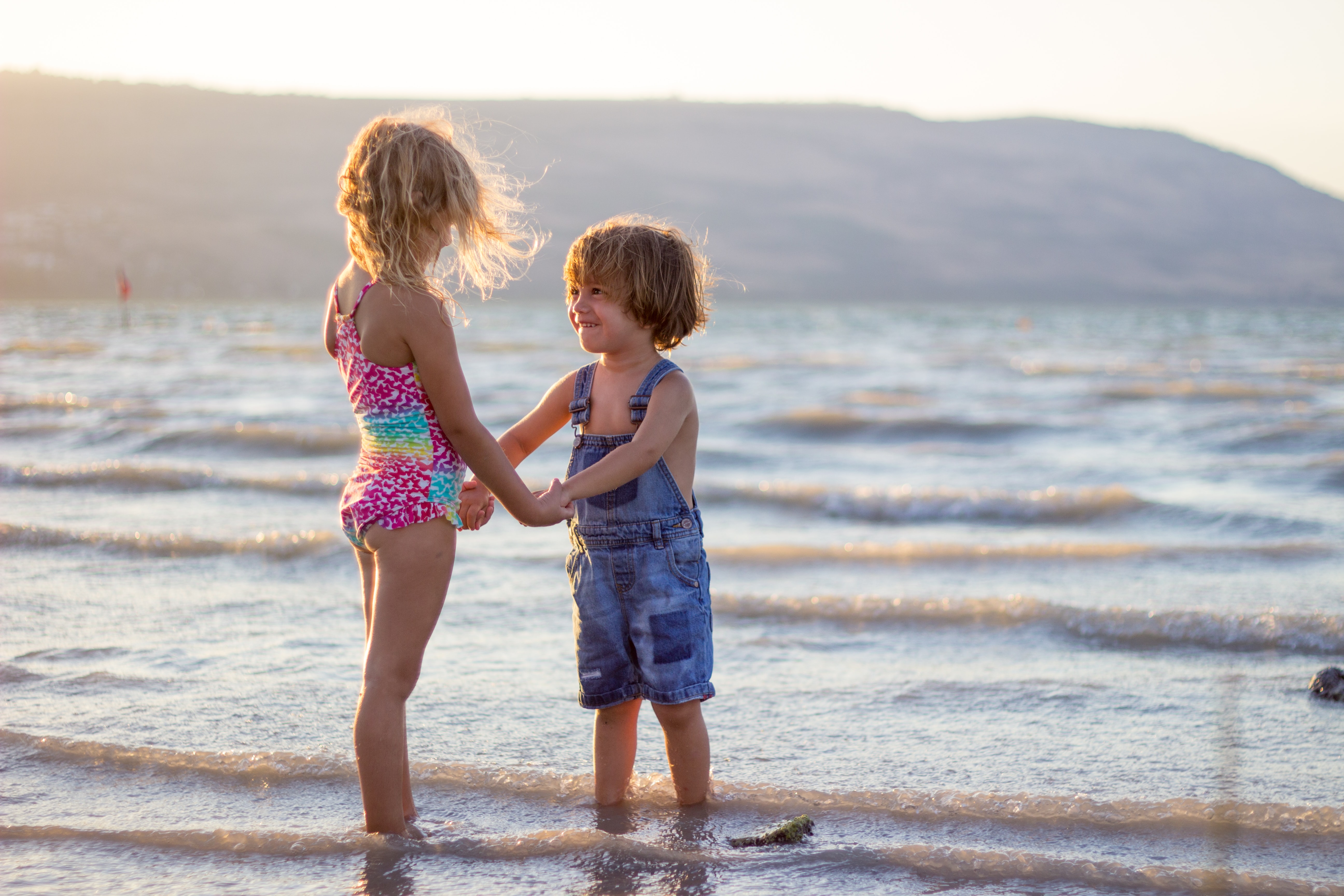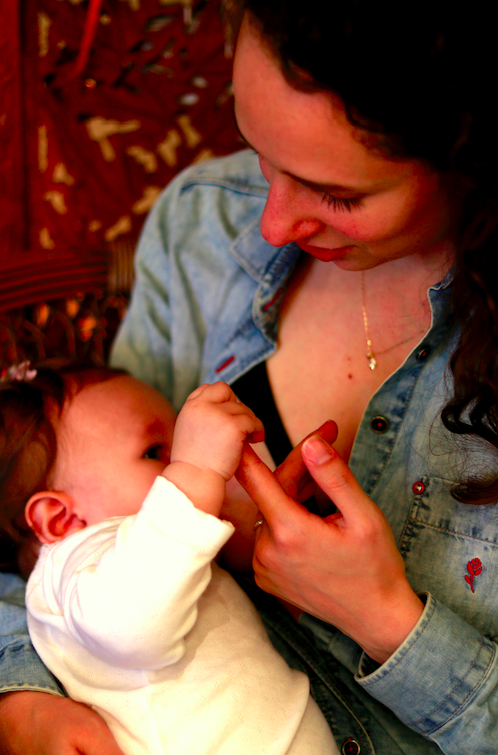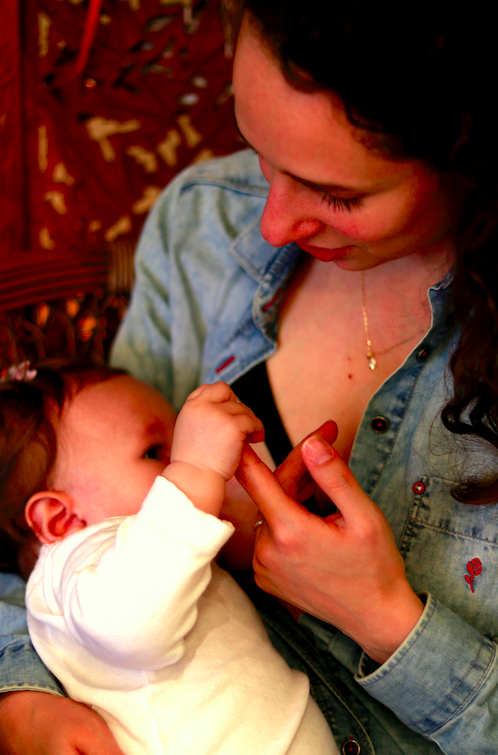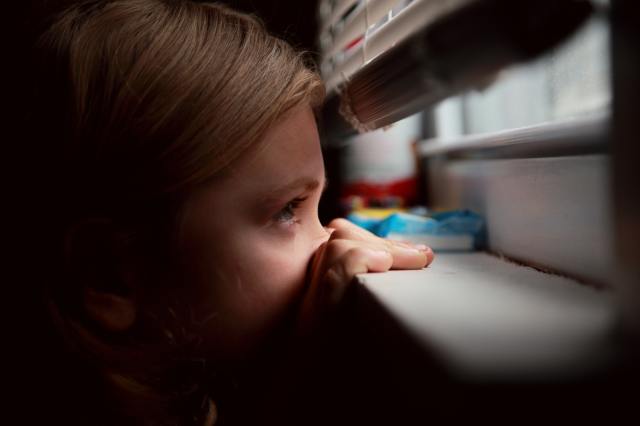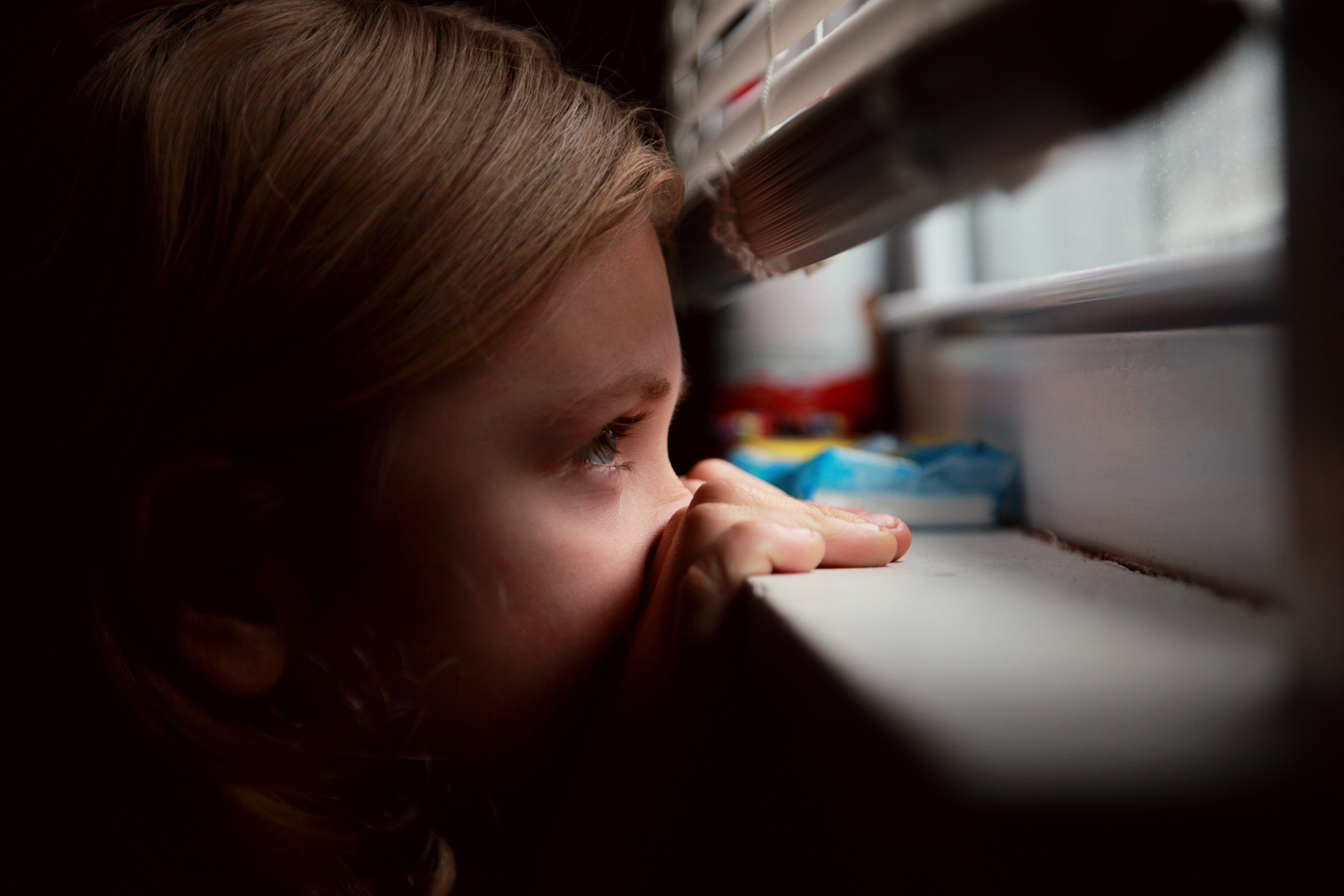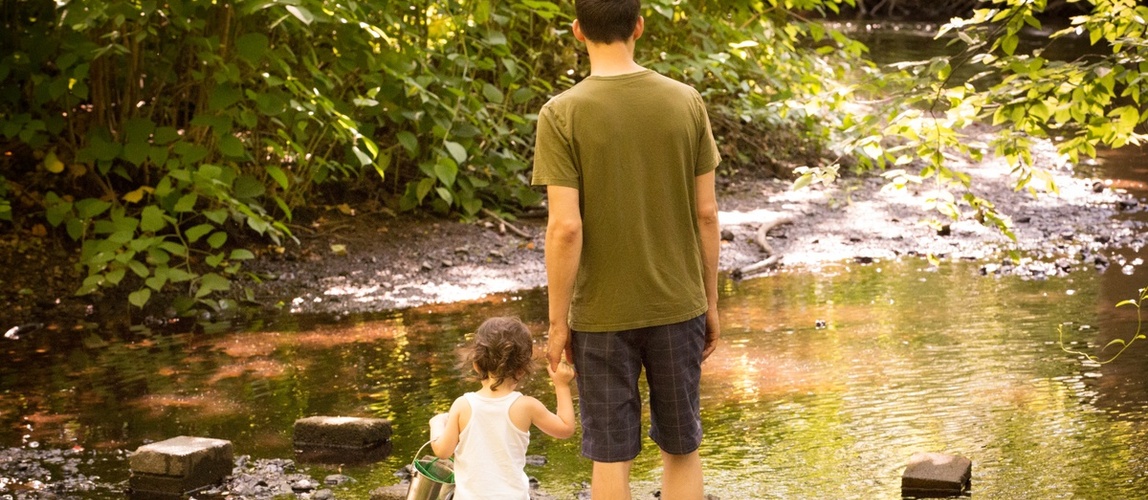
If someone had told me six months ago that I’d be advocating for kids to play together 6 feet apart, I wouldn’t have believed it. As an early childhood educator, the idea, out of context, makes me very uncomfortable. But time and shifting realities change things, and now, it feels imperative.
This begs big questions for parents and educators alike—do we anchor on what is ideal or on what is real as we support our kids during such a wild time? Do we hold kids precious and protect them from this reality, or do we help them to navigate within and adapt to it? Which will help them to thrive more in the long term?
My vote: Let go of “ideal” and parent for real.
Kids will roll with it if you let them.
Humans are naturally quite resilient, adaptable, and hopeful. Kids don’t rage against reality like we adults often do—they tend to roll with things, especially if we give them the okay and support to do so.
Kids don’t suffer the loss of the ideal.
Many of us are torn between the ideal and real—between taking and foregoing chances to help kids adjust to this moment. It’s a hard balance to strike.
Many people are leaning into this new normal and bringing their children along, showing them how to learn new ways of doing things and make this new reality work. On the other hand, I have heard equally caring adults grow fiercely attached to an ideal view of life for kids.
For example, I’ve heard people say that it would be psychologically damaging to ask a child to keep social distance from a friend or loved one. For sure, it feels neither natural nor easy for kids to hold back from being close and even embracing one another or their elders. Again, as an early childhood educator, I would certainly not advise it under normal circumstances. That desire to touch is a sweet feature of our early days on the planet. It is also understandable that educators and parents alike find it easier not to ask kids to even try, especially if you live in a place where you may be judged when your child needs reminders or practice.
But is it really damaging to ask kids to learn to keep close to family while keeping a 6-foot bubble from others? Really? The alternative to asking kids to learn to keep social distance can mean isolation from friends and family, lost chances to be among other people, and feel part of a community. For many families, that would also mean not seeing grandparents who are at risk Is that a better option? And, what lesson does avoiding these social encounters teach our kids?
Distancing with kids is doable.
There are many ways to make 6 feet feel connected and sweet. Our family loves to give air hugs, and we practice with grandparents, with friends and even at Tinkergarten. Others have made up special waves or focused on hugging stuffed animals or pillows until we can hug the real people again.
We don’t need to tell kids that getting close is “bad” or “dangerous” for them to learn to keep their distance. At Tinkergarten, we talk to kids about “keeping our 6-foot bubble to “keep everyone safe,” rather than use fear of the virus. The very reason we are staying away is extremely sweet—it is a loving and caring act to preserve your friend’s bubble, and little kids can really get behind that idea.
Though there’s a temptation to worry that kids will suffer without the chance to embrace others, remember that they can still cuddle, snuggle and squeeze their immediate family and designated “safe” people almost endlessly these days, as most of us are together all the time.
Teaching kids to “keep each other safe” is nothing new for us at Tinkergarten. Removing all danger is easier on adults for sure, but kids lose out on learning so many lessons! If you continue to gently remind kids of the rules, eventually they’ve got them.
Kids need reminders.
Reminders are our powerful tool. Little kids do not have strong impulse control, so it will take reminding them and reminding them and reminding them. But, that is just how little kids learn—through repetition and gentle reminders. If you can make the reminders fun, shame-free, and kid-centered, it’s actually enjoyable to teach and watch your kids learn to mind their space bubble.
Choosing social distance is a privilege.
Many kids and families have already been learning and practicing social distance, especially those who do so because real is their only option. This includes children of first responders, children whose parents or grandparents are at risk or ill, and it will include the many children who will go back to school again this fall, no matter what school looks like.
It is a privilege to advocate for what is ideal for your children—an option that not all parents have. No matter how you feel about the new normal, we can all contribute ideas and support to those who are working to help children keep safely distanced as they learn and play together. At the very least, before we buck against those efforts on principle, let’s be really certain that we have both the evidence and the true need to do so.
Let’s put the ideal in our back pocket and parent for real.
So much of how our kids adapt to new challenges is how we present and respond to those challenges. That has never been more true than it is now. Let’s never lose sight of what is ideal. Let’s agree to look forward to days when it’s easier, more natural, and more free to let our kids be and play like kids have long been able to do. But, let’s not let the ideal be the enemy of all of the good lessons and good chances to be together that are real at this moment. See you outside!
